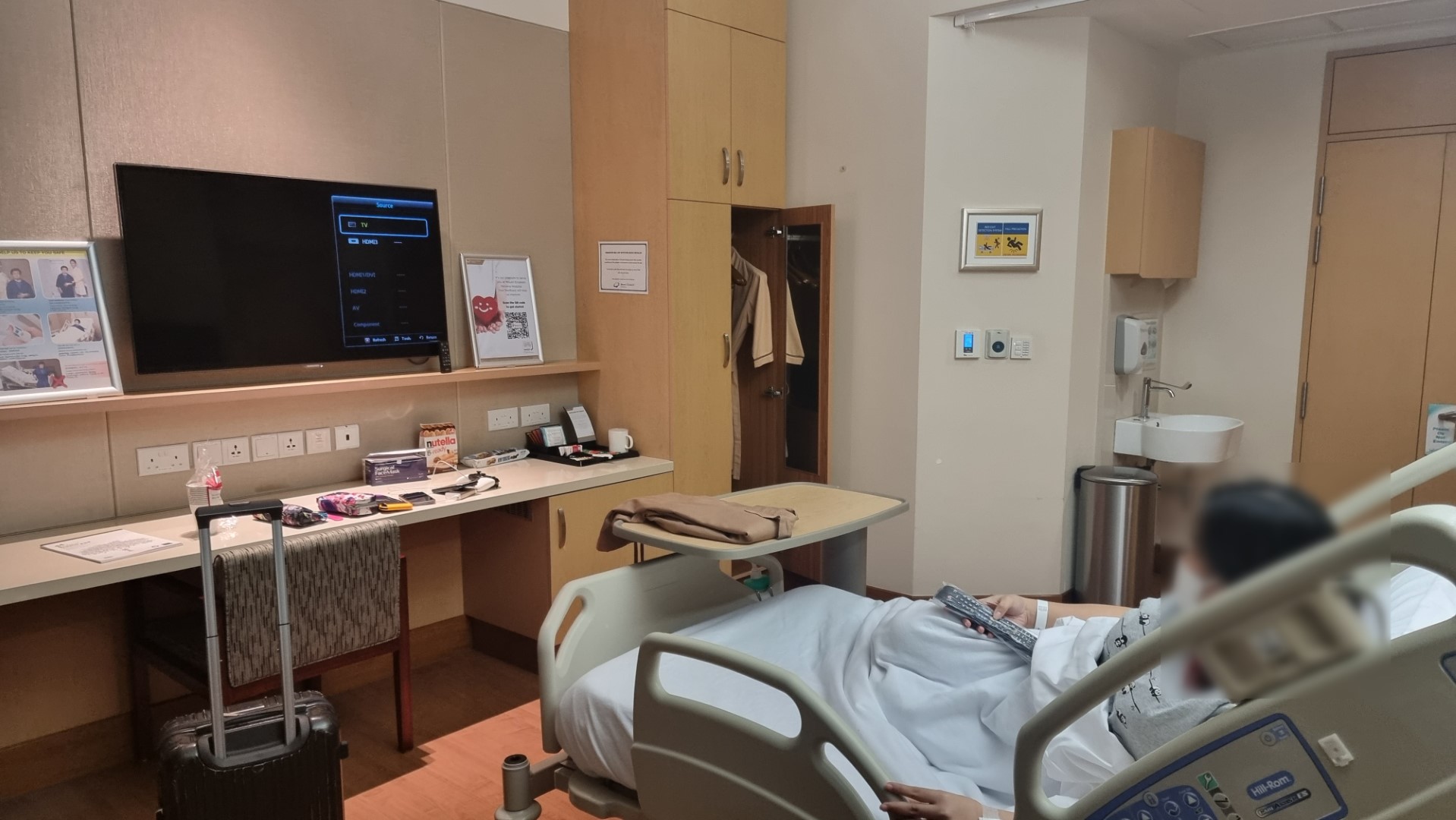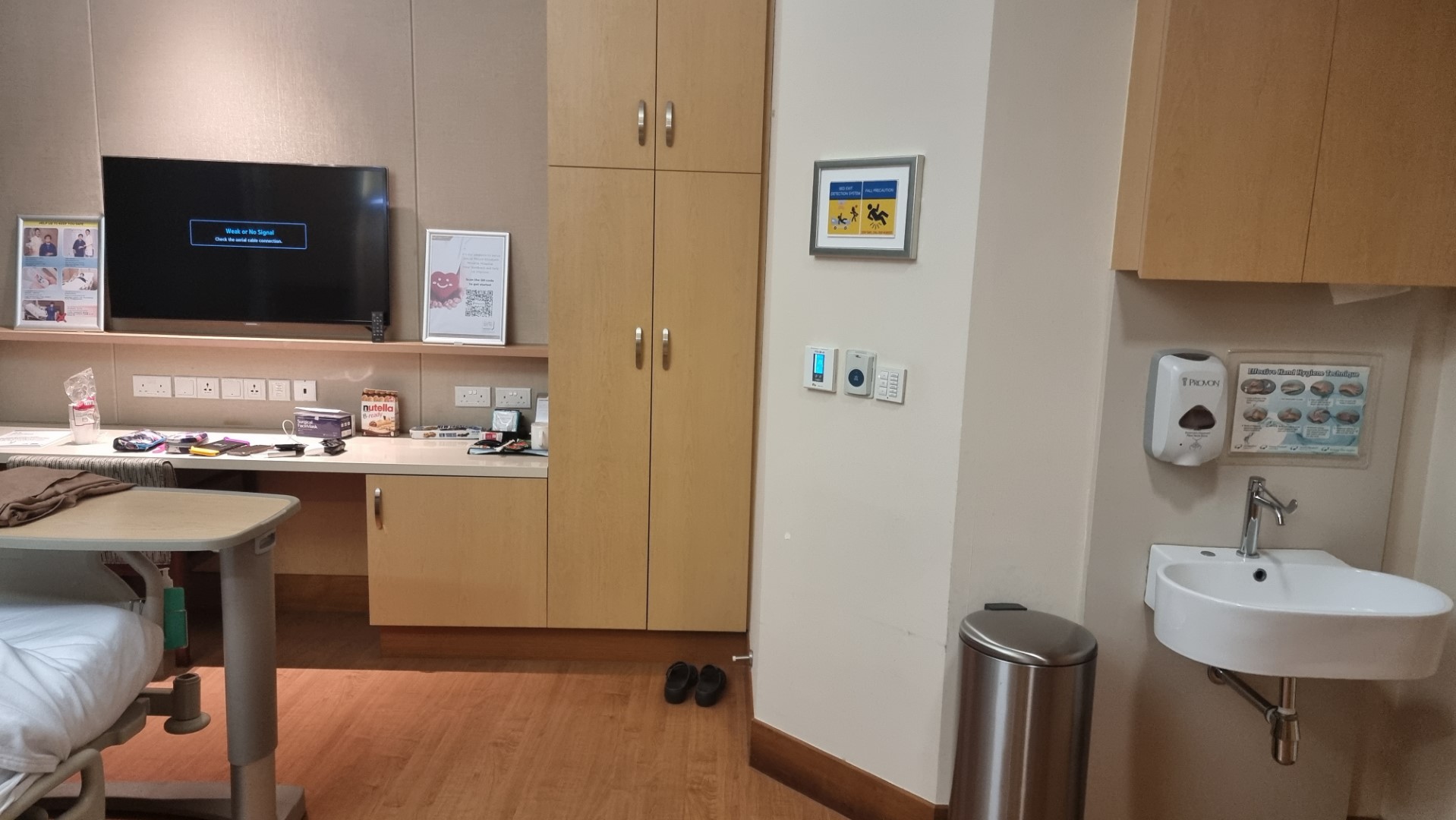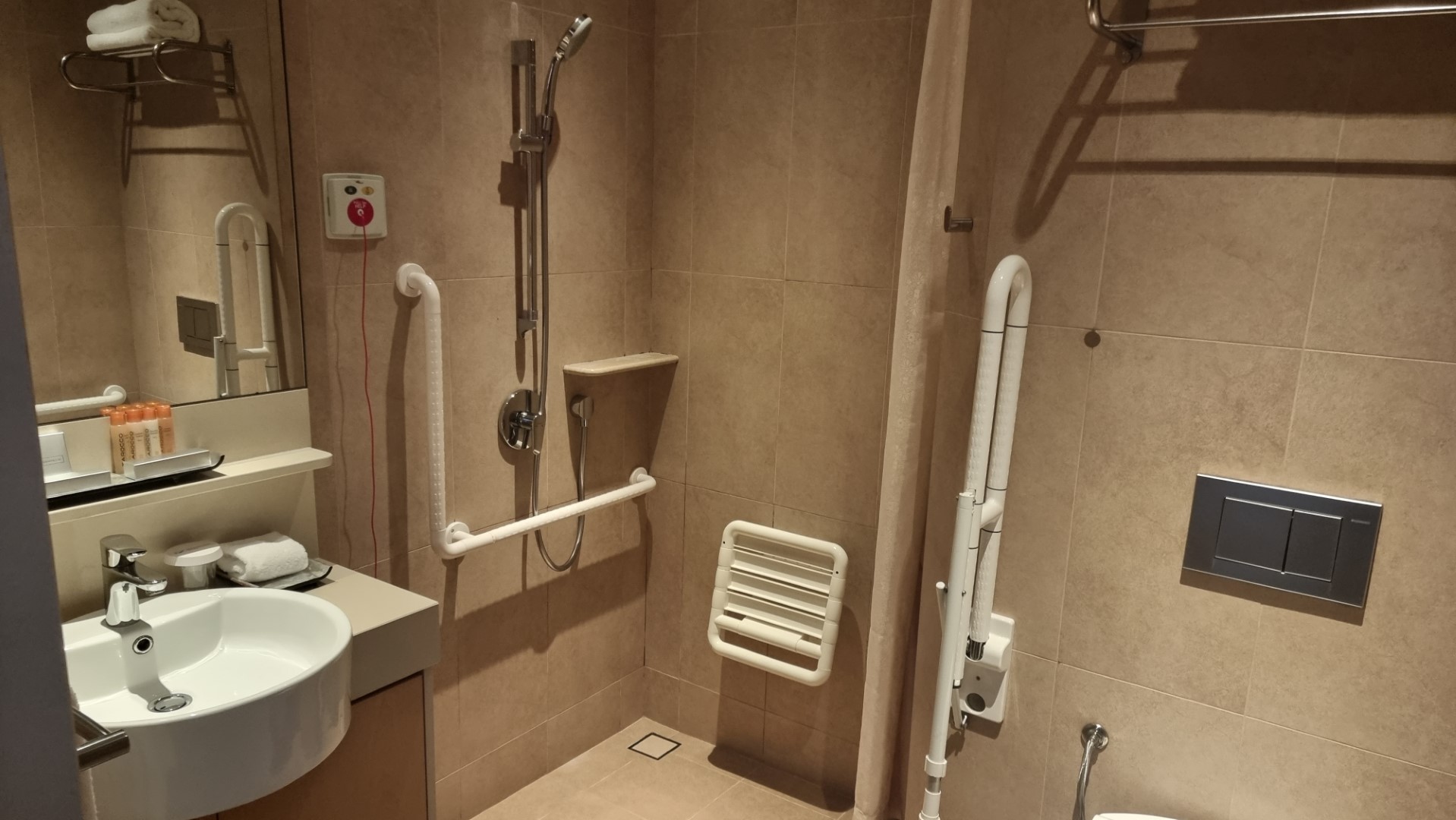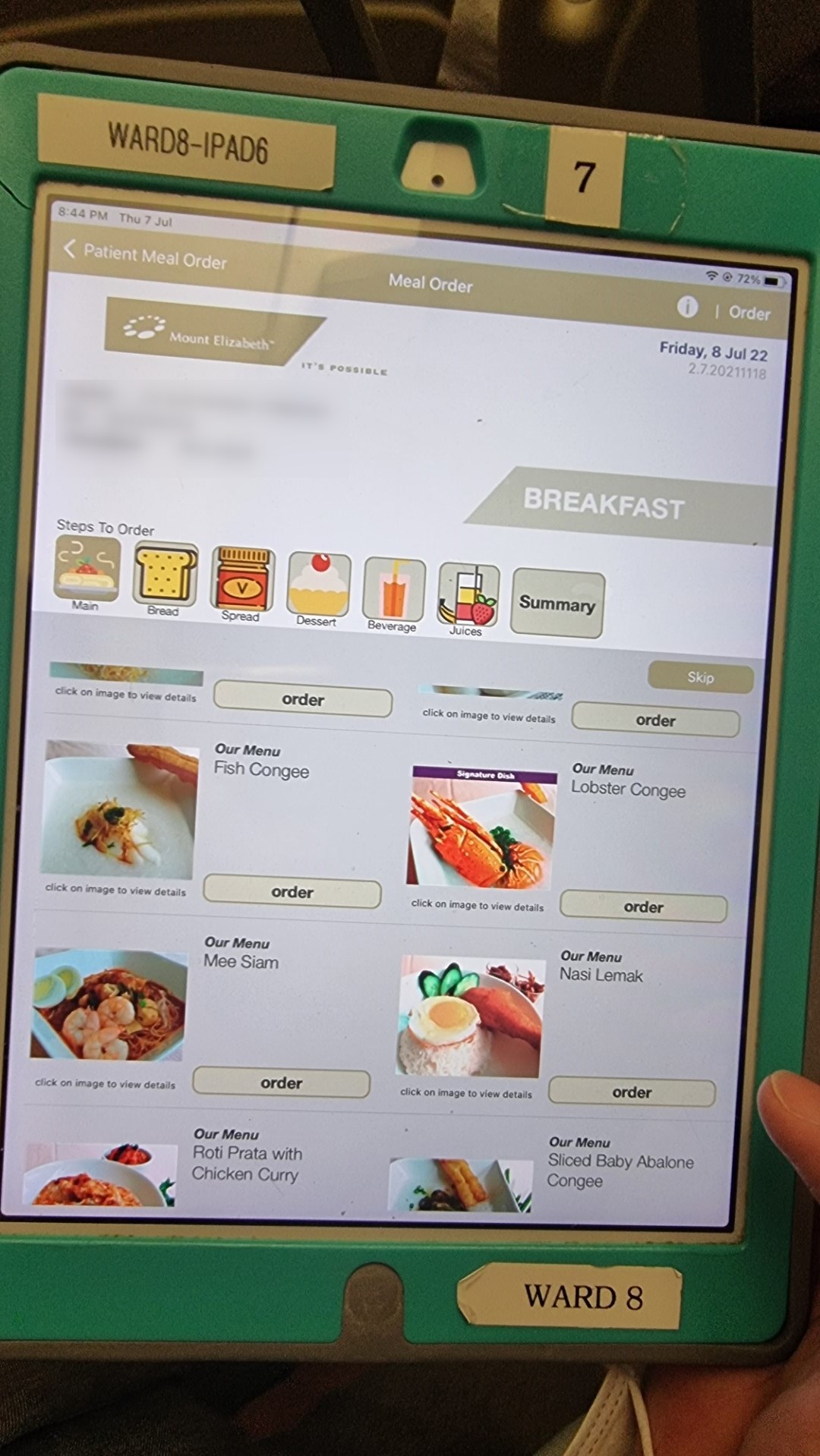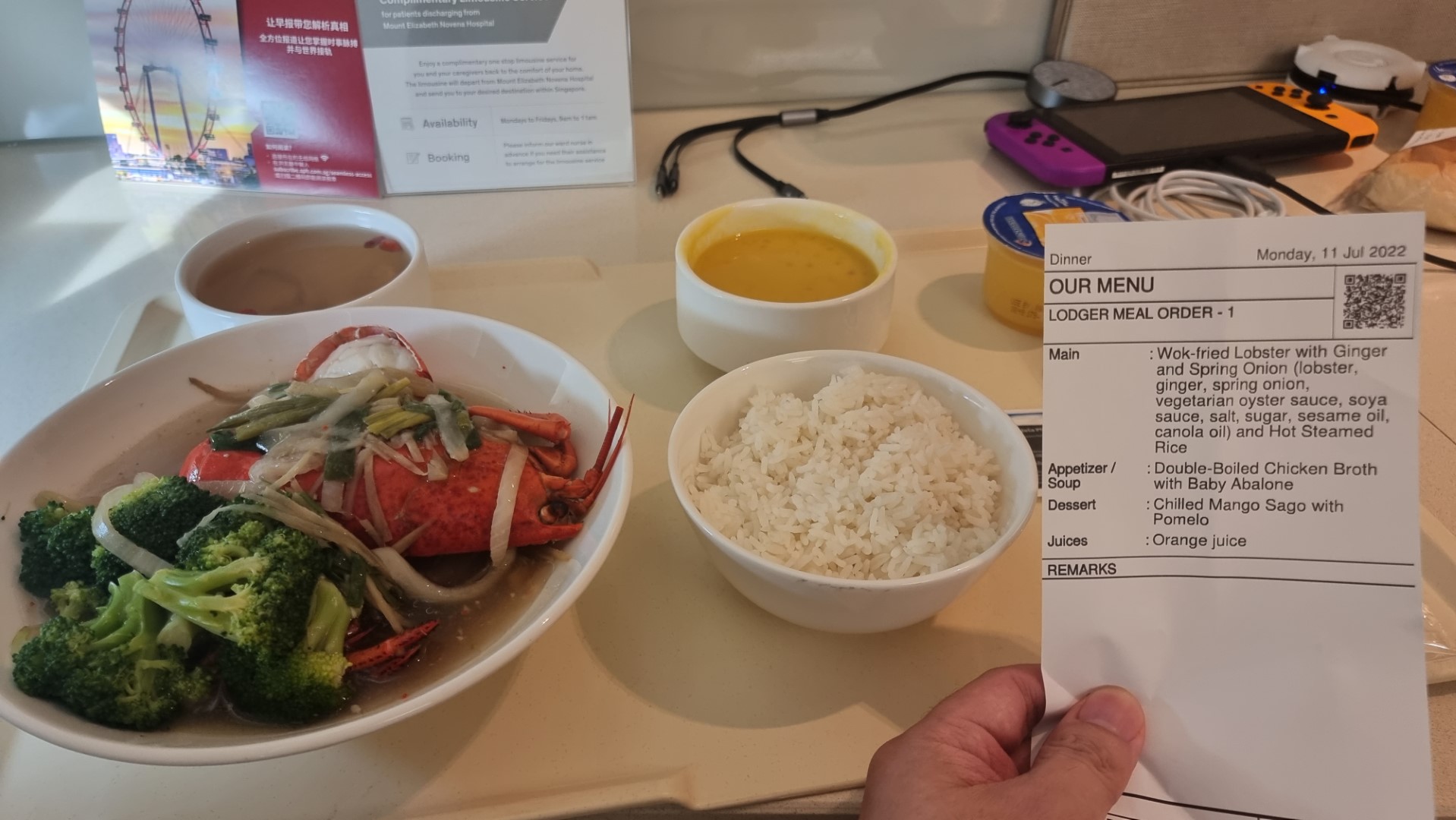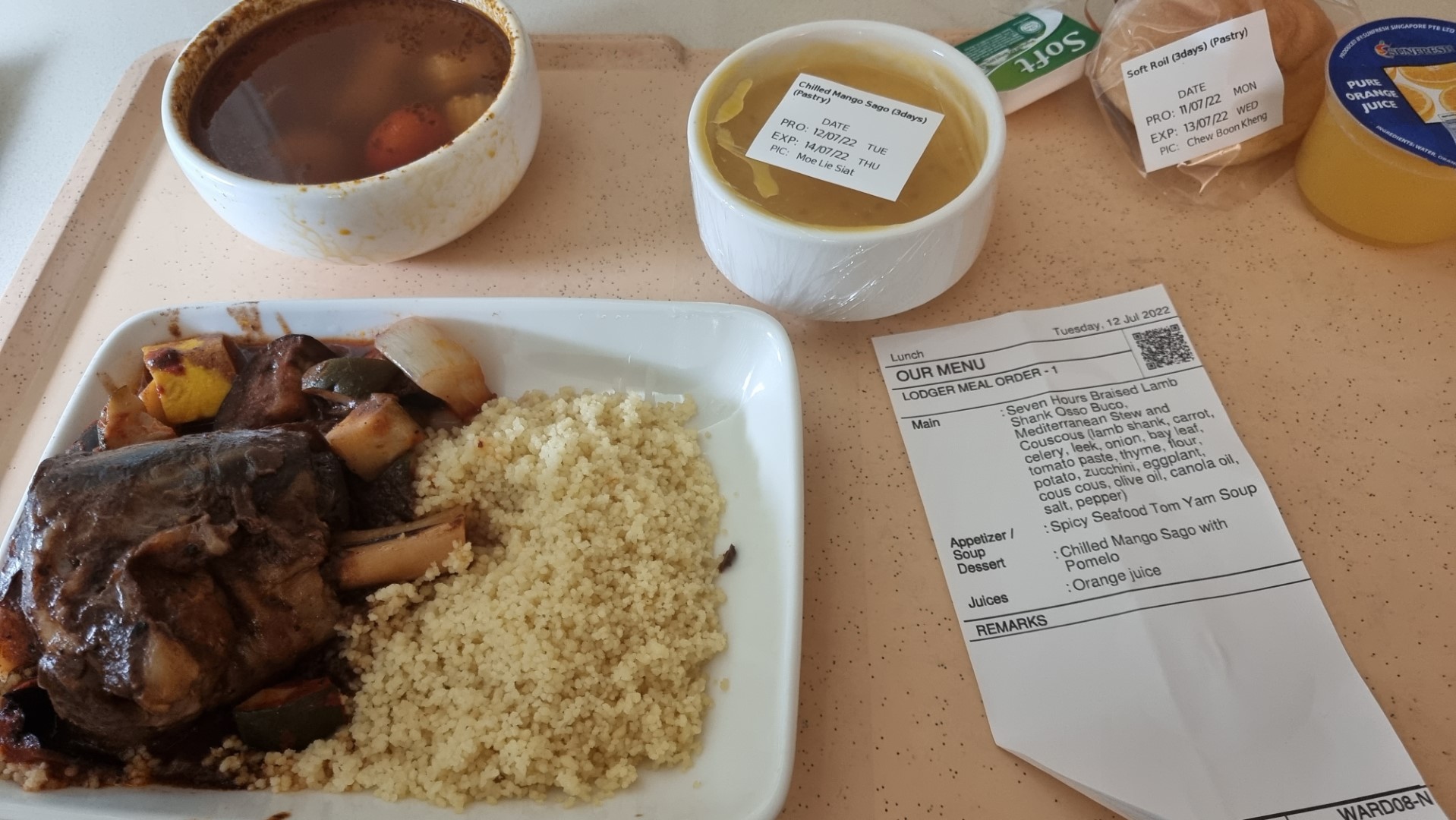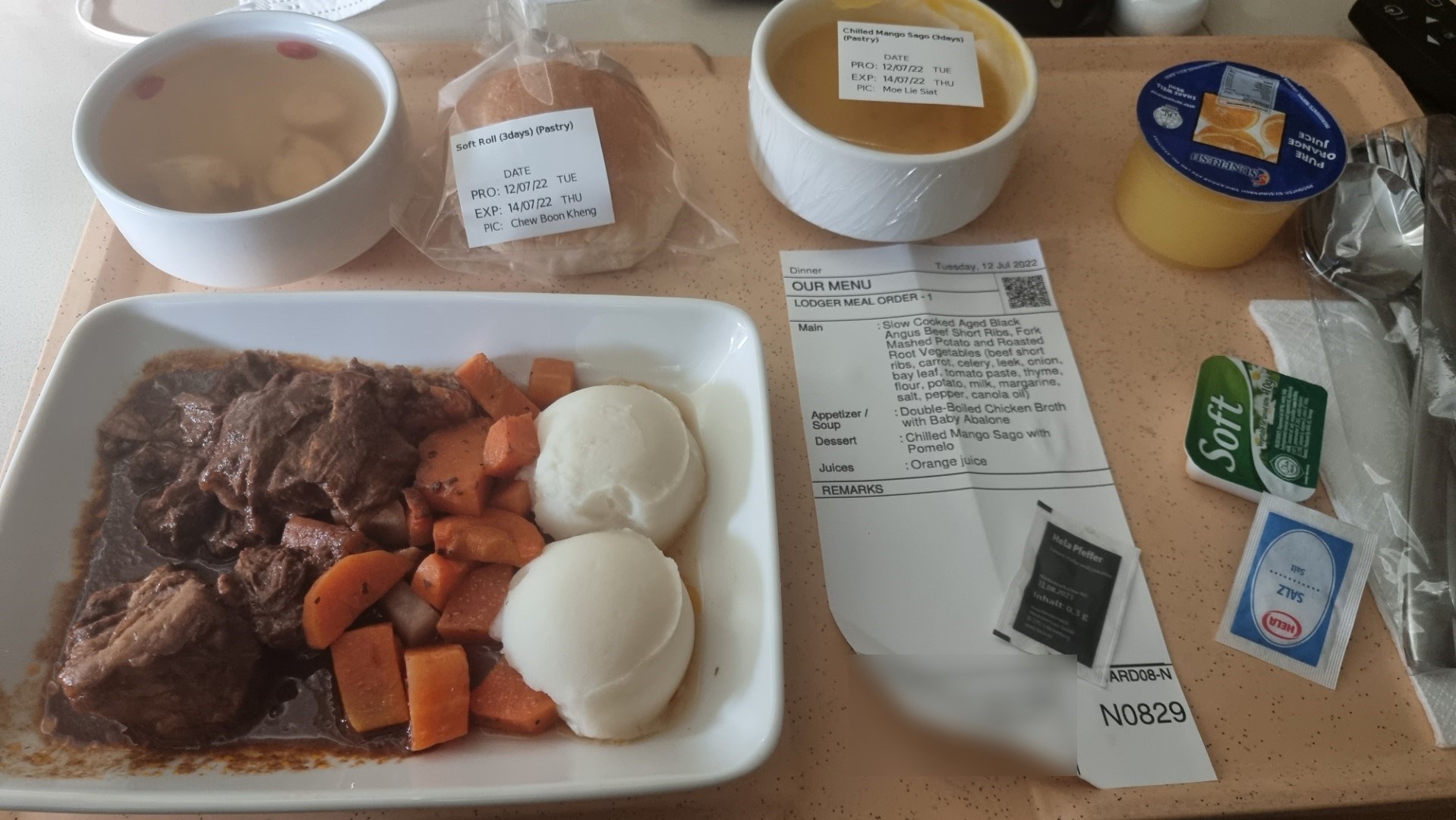Emergency Healthcare and Insurance - Our Experience
It was 8:30 in the morning, just 5 hours before our flight for a 3-week family vacation. My wife told me that she’s having some stomach pain. One hour later, we found ourselves rushing to the hospital, rebooking our flights, and preparing for surgery. No one is ever fully prepared for medical emergencies, but we try our best as it’s only a matter of when.
This is a two-part blog post.
- Part one (this post) is more for me to write about our experience and help me process what happened – mentally, emotionally and spiritually. Writing helps!
- Part two is a personal finance/insurance reference post, a quick guide for when it’s your turn to help someone who is hospitalized.
What we went through (from my perspective)
Pre-hospitalization: Rush to the Emergency Room
As my wife was feeling some stomach pains, she informed me that we needed to go to the emergency room and rebook our flights. We did not know what was wrong yet; we suspected either kidney stone or appendicitis.
Emergency Room (ER)
It might be because of COVID-19, but there was no emergency room drop-off point. Worse, there were no wheelchairs at the lobby drop-off. It was only by God’s grace that my wife was able to walk to the ER. The ER doctor suspected it to be likely a kidney stone because appendicitis pain is more tolerable. CT scan later showed us that there was a huge mass. The doctor said, “hopefully, it’s just a cyst”. I never did find out what that meant or implied.
Pre-surgery Hospital Admission, Second Opinion, Transferring Doctors and Hospitals
Not a surprise, my wife had to stay in the hospital and go for surgery (in this case, scheduled two days later). This hospital did not allow me to sleep there despite getting a private room, probably because of the increasing COVID-19 numbers. So I had to leave to:
- go home and pack clothes for my wife and child,
- drop my child off at a relative’s place, and then bring clothes for my wife, and
- go back home, rest up and proceess everything that’s happening, and also look into our insurance coverage, while updating our church, friends and relatives.
Hospitalization Insurance Matters (and some initial lessons on this subject)
As my wife and child are being taken care of, it’s time for me to figure out the insurance matters (more in the next post). In our case, we had 5 applicable benefits/insurance that we could potentially utilize:
- Corporate medical benefits for outpatient
- Corporate insurance for inpatient
- Personal Integrated Shield Plan
- Critical Insurance (in the event of cancer)
- Hospital Income Insurance (basically gives an amount for every day confined in the hospital, to replace income)
Note: There may be CPF/MediSave benefits, but it’s not applicable to us as we are not yet PRs/Singapore Citizens.
At this point, the most important matters to settle are the corporate insurance (#2) and the integrated shield plan (#3). The primary insurance to use is the corporate one. The shield plan is only utilized if the final bill exceeds the corporate insurance coverage (or the co-payment required).
What is a Letter of Guarantee (LOG) for?
Many go to hospitals for emergencies without thinking about the cost. Hospitals then have this not well-received challenge of ensuring that patients (or relatives) can pay the bill. With insurance, the first step is getting something called a Letter of Guarantee (LOG). And what I learned is that some hospitals (or maybe billing staff) go the extra mile of sorting this out for you, while others ask you to take care of it yourself.
A Letter of Guarantee (LOG) is a guarantee from the insurer to the hospital that they will pay up to a maximum $ amount on behalf of the patient. So, for example, if you get a $5,000 LOG approved and your final bill is $6,300, you will have to pay the $1,300 remainder upon discharge.
Note: No matter who pays the initial bill, you can still make insurance claims post-discharge. But many prefer to minimize cash out and let the hospital and insurer settle the bill themselves (unless you want to rack credit card points). Just be mindful that you may have to pay for your credit card before receiving any insurance claims. I heard that it would take 2 weeks for the insurer to settle with the hospital and another 2 weeks to reimburse you. The insurer will not pay for your late credit card fees.
In the event of emergency hospitalization, you will likely need at least two LOGs.
- The first LOG is the initial one, where the billing department must know for certain that you are insured. After that, the process is to call your insurer for an emergency LOG, who in turn will email to the hospital with the approved LOG amount, in our case, a minimal $5,000 amount.
- The succeeding LOGs are top-ups. This is where the insurer will need more details, such as the updated diagnosis and the running bill. As your bill increases, the hospital needs to be constantly reassured of your ability to settle, and so you’ll need to frequently ask for LOG top-ups as approval can take time.
Disclaimer: These are written according to my understanding of this recent experience. Apologies if it’s not 100% accurate.
Finding a Specialized Doctor
Since we came into the hospital as an emergency case, we were only assigned to the OB-GYN on duty at the time, which was not specialized in oncology. As we went through the motions, a friend from church insisted that I speak with one of the top surgical oncologists in Singapore to ask for a second opinion. I called her clinic the next morning, and they were incredibly accomodating.
- Called at 10:00 AM, sent photos of ER results (CT Scan, blood test, ultrasound)
- Arranged a remote call with this top doctor at 11:30.
This was truly a heart-settling and amazing experience, Dr. Melissa Teo called us at 11:30 and was patient in explaining the test results and the procedure required. She wasn’t in a rush. The call lasted for 30-minutes with no charge! The call ended with her clinic going ahead to check room availabilities in two Mount Elizabeth hospitels and prepare the admission documents.
Discharge and Transfer
The clinic advised us discharge and transfer will take time and that we shouldn’t expect the pace to be the same as the rest of Singapore. There are two ways to transfer to another hospital:
- Arrange for an ambulance transfer
- Discharge and take a cab to the other hospital (only if the patient is stable enough)
So we informed the initial hospital that we would like to discharge and transfer hospitals, and we’ll head to the new hospital ourselves since my wife was relatively stable at the time. The discharge process took around 4 hours, as the doctor had to write a discharge report and indicate his fees, all these in between his ongoing appointments and patient visits. When the billing department finally called me with the final bills, I had to settle the amount above the LOG as there was no time for an LOG top-up. Unfortunately, since the discharge process ended after 5 pm, we were charged an entire extra night (still paid by the insurance company).
Someone shared that some hospitals would take care of reaching out to your shield plan insurer in case your corporate insurance can’t settle the entire bill. This is unconfirmed as we didn’t need to.
Surgery and Hospitel Stay
We arrived Mount Elizabeth around 6:30 pm. What a beautiful hospital, we thought we were in a hotel! Or should I say, hospitel. Since our room was reserved and admission papers ready, we were able to get into our room by 7 pm, where Dr. Melissa Teo was waiting to receive us and meet us in person. She explained that we would go for surgery the next day and is trying to get the earliest possible slot.
Photos
The Mount Elizabeth hospitel stay is the gold standard of hospital stays. And unlike the previous hospital, they allowed a caretaker to stay with the patient since it is a private room. The food was also unbelievable, even better than most gourmet restaurants. The best part is that they serve food for both the patient AND the caretaker.
Surgery and Results (so far)
The surgery went successfully, with the best case scenario explained to us. At this point, the hospitel mainly helped my wife go back to strength and be fit for discharge. We are still waiting for the histology report to know for certain that it isn’t cancerous, this could take around two weeks.
Discharge and Insurance Matters (again)
The insurance administration work was also a world of difference in Mount Elizabeth. Coming from our billing experience from the previous hospital days prior, I was gungho into calling our corp insurer and Dr. Melissa’s clinic to get all the insurance paperwork settled. I learned that there are 4 parties involved in this process:
- The insured employee and dependent
- The doctor’s clinic: in charge of filling in the diagnosis and doctor signatories
- The hospital billing department: to get the running bill
- The insurer: for the LOG
Both Dr. Melissa’s clinic (#2) and Mount Elizabeth’s billing (#3) went the extra mile to help us.
- The clinic (#2) was the one that worked with our insurer for the initial LOG and LOG top-ups.
- Although the LOG approved was not the entire bill amount, the billing department (#3) took care of settling it with our insurer (#4). They even had the insurer forms and e-mail ready.
I should have just relaxed and let them take of everything instead of being a busybody. Long story short, we discharged with zero cash out.
Post-hospitalization and Lessons Learned so far…
The idea is to recover-to-strength through medication, self-care and light exercises. The difficulty at the moment is the anxiety in waiting for that histology report. This is a story for another day, which I may not be able to write about depending on the sensitivity.
Thank you to everyone who supported us during this season of our lives. It has definitely strengthend our faith and accelerated our emotional and spiritual maturity. Listed below are the top things that we learned from this ordeal.
Top Learnings
- Plan in advance on which hospital to go to when there is an emergency. Transfering hospitals is a hassle that you’d rather avoid. Talk to your insurance agent to know which hospitals work best with them (but please prioritize good doctors/hospitals over insurance if you can afford it!)
- If you’re feeling some pain, observe it and avoid taking pain medication. (I’m glad my wife didn’t!)
- Listen to your spouse and don’t ask him/her to endure the pain, especially when it’s the day of your flight. (I’m glad I didn’t!)
- Trust God and inform the church so they can pray specific prayers and intercede with you. Quick decision-making is needed, and only God knows which is the right decision.
- Have people who will be bold enough to give you important advice. Being new to all this, we were ready to “go with the flow” with the initial doctor. We are forever grateful to that one friend who was bold enough to tell me to ask this well-known specialist and kept pushing me even when I was physically tired.
- Don’t forget to rest and take vitamins yourself. You can’t afford to be sick at this time!
Advise for Parents
If you have children, constantly communicate with them. Be truthful and help them process what’s happening. Ask God for wisdom on how to communicate IN FAITH. My mom passed away years ago due to a scheduled surgery that led to severe complications. Unfortunately, my siblings and I weren’t made aware of how serious that surgery was, making it a lot harder and longer for us to grieve. It’s been 17 years, and I still find it hard to believe.
In the past weeks, I would constantly go to my son and tell him, “this is what’s happening… and this is what might happen… so let’s keep praying and believe that God is in control.” I also told him that he could message/call me anytime at night as he sleeps at someone else’s place. True enough, he sent me a message at 1:19 am “Hello daddy! Are you sure that mommy is still okay in the hospital? I’m worried about her.” I believe that he also grew in faith and maturity because of this ordeal.
Additional Learnings
- Singapore Airlines was kind enough to accept free rebooking or a full refund due to a medical emergency.
- In the ER, don’t be afraid to cut the queue. Tell the receptionist that someone is in pain and must be immediately attended.
- Take photos of the documents and upload in your cloud storage (OneDrive in my case). These allowed me to easily share results (and receipts) with other doctors and insurance agents.
- Figure out how to communicate to your family, relatives, friends and the church who’s praying and standing with you. In my case, I would compose the message in a note app and copy-paste it to various communication channels (WhatsApp, Facebook Messenger, Viber, MS Teams, etc.)


